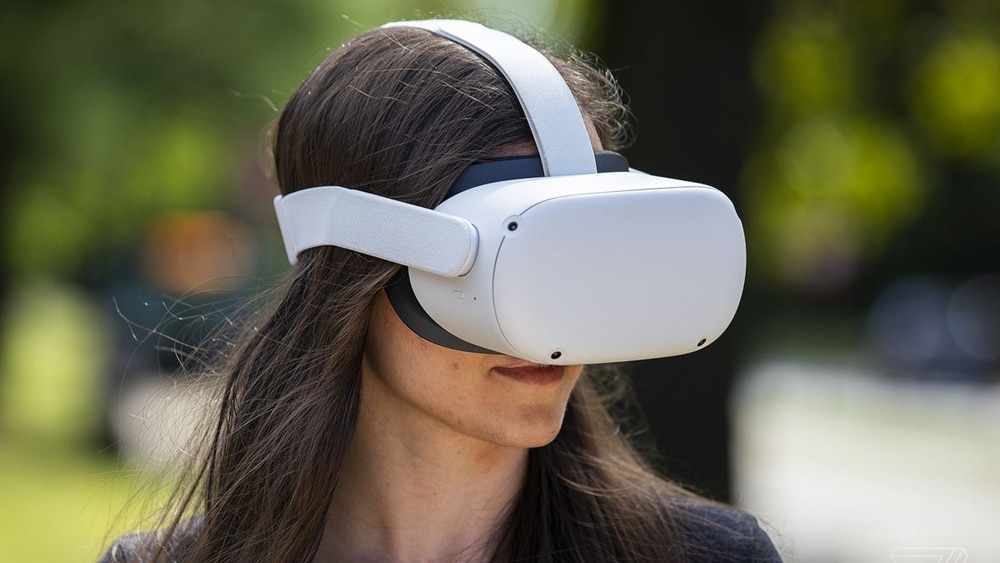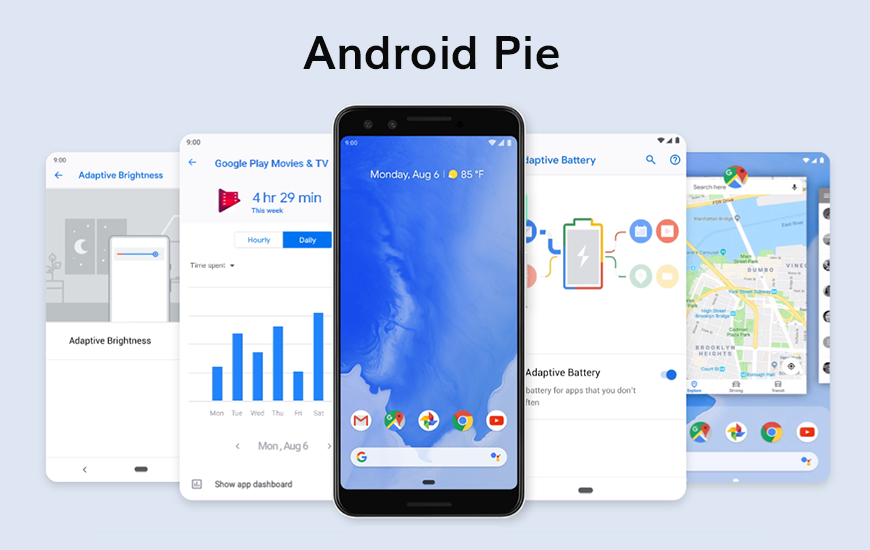Are you frustrated with your laptop screen being too dark even when it is set to full brightness? It can be quite annoying when you’re unable to see clearly, especially when you need to work or enjoy multimedia content. But worry not, as we have compiled a comprehensive troubleshooting guide to help you fix this issue and restore the brightness to your screen.
In this article, we will explore the various causes of a dark screen at full brightness and provide step-by-step solutions to resolve the problem. From outdated drivers to faulty hardware, we will cover all possible factors contributing to this issue. So, let’s dive in and get your screen shining bright again!
Understanding the Causes
There are several factors that can contribute to a dark screen even when the brightness is set to its maximum level. Let’s explore these causes in detail:
Adaptive Brightness Setting
One possible reason for your screen appearing dark is the adaptive brightness feature in Windows 10. This feature automatically adjusts the screen brightness based on the ambient lighting conditions. While it is designed to optimize visibility, it can sometimes result in a darker screen than desired. Disabling this feature can help you maintain a consistently bright screen.
Outdated Display Driver
An outdated or malfunctioning display driver can also be responsible for the dark screen issue. Display drivers play a crucial role in controlling the brightness and overall performance of your screen. Updating your display driver to the latest version can often resolve this problem.
Issues with PC Power Settings
Sometimes, the power settings on your PC can interfere with the screen brightness, leading to a darker display. Running the Power troubleshooter can help diagnose and recommend possible fixes for this issue. By identifying and resolving any power-related issues, you can restore the brightness to your screen.
Basic Fixes
Before diving into advanced troubleshooting methods, it’s essential to start with the basic fixes. These simple steps can often resolve the dark screen issue without requiring extensive technical knowledge. Let’s take a look at these basic fixes:
Hard Reset
The first step is to perform a hard reset of your laptop. This involves turning off the laptop, unplugging any peripherals, and holding down the power button for 15 seconds. This process helps reset the system and can sometimes resolve minor software glitches that may be causing the dark screen issue.
To perform a hard reset:
- Turn off your laptop and unplug any peripherals.
- Press and hold the power button for 15 seconds.
- When the startup menu appears, use the arrow keys to select “Start Windows Normally.”
- Optional but highly recommended: Update Windows to ensure you have the latest software patches and bug fixes.
Uninstall/Reinstall Drivers
If the hard reset does not fix the dark screen issue, the next step is to uninstall and reinstall your display driver. Outdated or corrupted display drivers can cause various screen-related problems, including a dark screen. By removing the existing driver and allowing Windows to reinstall it, you can potentially resolve the issue.
To uninstall and reinstall your display driver:
- Right-click the “Start” button and select “Device Manager.”
- Click on “Display Adapters” to expand the section.
- Right-click on your display driver (if there are multiple, choose the one related to your display) and select “Uninstall.”
- Restart your laptop to allow Windows to automatically reinstall the driver.
Advanced Troubleshooting
If the basic fixes did not resolve the dark screen issue, you may need to explore more advanced troubleshooting methods. These steps involve rolling back or updating drivers, updating the BIOS, or even replacing the LCD inverter if necessary. Let’s explore these solutions in detail:
Rollback/Update Drivers
If uninstalling and reinstalling the display driver did not fix the issue, you can try rolling back the driver to a previous version or updating it to the latest version. Sometimes, a bug in the current driver can cause the screen to appear dark. Rolling back or updating the driver can potentially resolve this problem.
To roll back or update your display driver:
- Open Device Manager and navigate to “Display Adapters.”
- Right-click on your display adapter and select “Properties.”
- Go to the “Drivers” tab.
- If available, select the “Roll Back Driver” option. If the option is grayed out, proceed to the next step.
- Select the “Update Driver” option and follow the on-screen instructions to update the display driver.
Update the BIOS
The BIOS (Basic Input and Output System) is responsible for recognizing and configuring hardware in your laptop, including the display. An outdated BIOS can lead to compatibility issues and cause the screen to appear dark. Updating the BIOS to the latest version can potentially resolve this problem.
Before updating the BIOS, it’s crucial to gather the necessary information about your laptop, such as the make, model, BIOS version, and processor. This information can be found in the System Information app on your laptop.
To update the BIOS:
- Visit your laptop manufacturer’s website and locate the support page for your specific model.
- Find the BIOS section on the support page and compare the newest version with the one you wrote down.
- If an update is available, download and install the proper BIOS for your processor.
- Close all open programs and temporarily deactivate your antivirus software.
- Allow the BIOS update to complete uninterrupted and then restart your computer.
Replace LCD Inverter
If all previous troubleshooting steps fail to resolve the dark screen issue, it is possible that the LCD inverter in your laptop has failed. The LCD inverter controls the backlight of the screen, and a malfunctioning inverter can result in a dim or dark display. It is recommended to seek professional assistance for replacing the LCD inverter, as attempting to do it yourself may void your laptop’s warranty and potentially cause further damage.
Troubleshooting on MacOS
While the dark screen issue is less common on MacOS, it can still occur. If you are experiencing a dim screen on your MacBook, you can try resetting the System Management Controller (SMC). The SMC controls various hardware functions in your Mac, including the backlit display.
To reset the SMC on a MacBook with a non-removable battery:
- Choose “Apple menu” > “Shut Down” and wait for your Mac to turn off.
- Press and hold the Shift-Control-Option keys on the left side of the keyboard.
- While holding these keys, press the power button and hold all keys for 10 seconds.
- Release all keys and press the power button again to turn on your Mac.
For MacBook models with removable batteries, the process is slightly different. It is recommended to consult an Apple Authorized Service Provider or Apple Retail Store for assistance with resetting the SMC on these models.
Conclusion
Dealing with a dark screen on full brightness can be frustrating, but with the troubleshooting methods outlined in this guide, you can effectively diagnose and resolve the issue. From basic fixes like a hard reset and driver updates to advanced troubleshooting steps involving BIOS updates and LCD inverter replacements, you have a range of solutions to choose from.
Remember to start with the basic fixes and gradually move to more advanced methods if necessary. If the issue persists or you are uncomfortable performing these steps yourself, it is always recommended to seek professional assistance to avoid any further damage to your laptop.
By following this comprehensive troubleshooting guide, you can restore the brightness to your screen and enjoy a clear and vibrant display once again. Happy troubleshooting!







